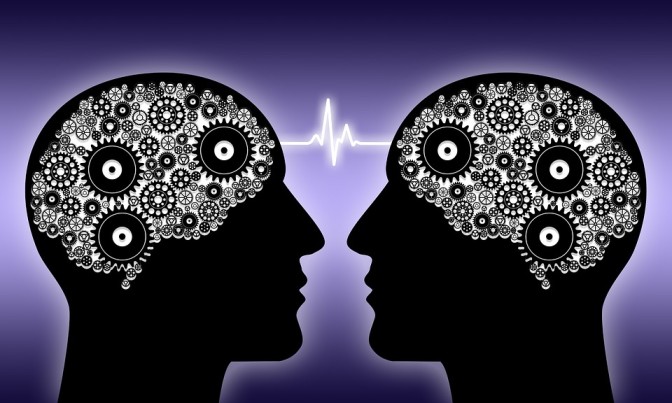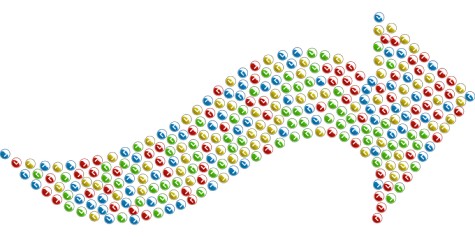
Verbal Communication: Oral and Written
The term verbal implies the use of words which makes language. Verbal communication means communication through spoken and written words. The process of communication involves the use of a common set of symbols between the sender and the receiver.
A. Oral Communication
Oral communication means communication through speech. A person learns to speak much more before writing. In organizations, people speak much more than they write.
It can be both formal and informal. …. Telephone conversation, face-to-face talk, etc.
Advantages:
a. Time saving
b. Money saving
c. Immediate Clarification
d. On the spot feedback
e. More forceful
f. Informal touch
g. secrecy
h. Group communication
Disadvantage
a. Poor retention
b. No record
c. Time consuming ( meeting)
d. Lack of responsibility
B. Written Communication:
Written communication involves the transmission of information through letters, notices, memos, etc. While oral communication is natural and spontaneous, written communication requires conscious effort.
Advantages:
a. Wide access ( wide coverage)
b. Precision and accuracy
c. Repetition( can be read many times)
d. Record for future reference
e. Legal document
f. Fixed responsibility
g. appropriate for lengthy messages
h. convenience
Disadvantages
a. Time consuming
b. Costly
c. Lack of secrecy
d. Rigidity
e. Impersonal
f. Delayed feedback
Non-Verbal Communication
The means in the communication other than the use of words are known as non-verbal communication. Words sometimes fail to convey the exact messages. Therefore, pictures, drawings, sounds are often used for communication.
a. Body language:(Kinesics)
Our bodies send non-word messages through arms, fingers, expressions, postures.
i. face and eye
ii. Gesture
iii. Physical appearance – clothing, jewelry
b. Space: Proxemics
( personal, public)
c. Time( Chronemics)
Monocronic people expect events to happen at the scheduled time while polychronic people have an indefinite view of time(Asians).
d. Paralanguage
it involves how we say something… like pitch, stress.
e. Role of touch(Haptics)
f. Other type
color, physical context like carpeting, decoration( Oculesics)
Advantages
It conveys the messages quickly.
Colourful photographs , paintings make the communication interesting.
They are useful even for illiterate people too. They are effective means of marketing.
Knowledge of paralanguage is helpful in dealing with people.
Disadvantage
•It needs a great effort in making pictures, paintings.
•People may misunderstand sign language.
•We can not fully depend on paralanguage.





